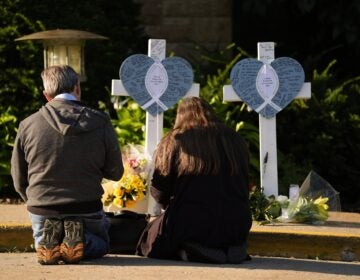Preparing for the ‘worst day of our lives’: New alert protocols help Delaware schools respond to potential active shooters, other crises
Delaware emergency management and education officials believe the new plans will help limit dangers posed to students.
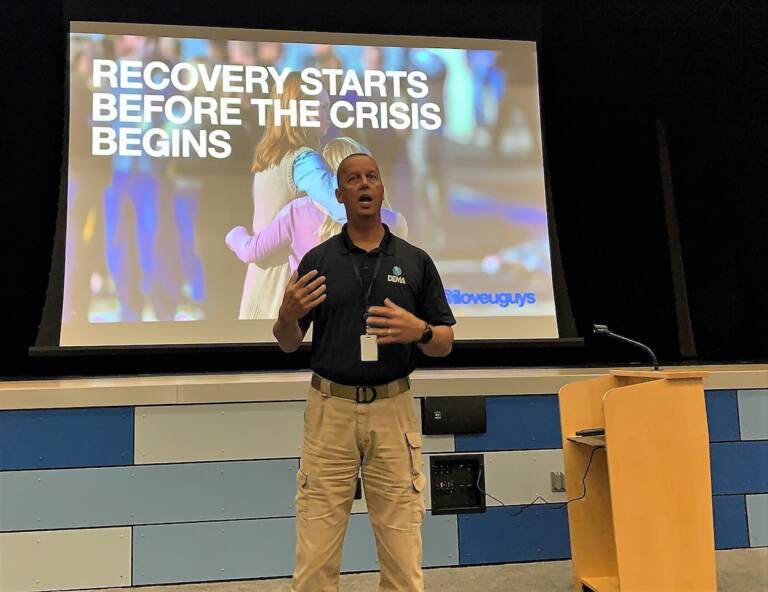
Doug Scheer of the Delaware Emergency Management Agency instructs educators about responding to school shootings and other crises, as well as reunifying kids and families. (State of Delaware)
Delaware schools have so far been spared the horror of an active shooter emergency.
But should such an attack ever occur, as schools in so many states have suffered with devastating consequences, Delaware emergency management and education officials believe they are prepared to better protect students and staff.
That’s because officials in all 231 district and charter schools have completed standardized training in how to respond to a worst-case scenario and reunite children with their families. Schools are now forming reunification teams.
In addition, high-resolution digital blueprints of every school’s buildings and grounds have been created and shared with police agencies, fire departments, and 911 call centers.
“So they all have access to them when and if they’re ever needed,” said A.J. Schall, director of the Delaware Emergency Management Agency (DEMA). “Unfortunately, luck doesn’t last forever.”
Those changes are the latest updates to the state’s Comprehensive School Safety Plan, which was created in 2012 and includes site-specific safety and preparedness plans.
Schall said the training and digital maps are designed not only for active shooter situations but also for other disasters and emergencies, such as a tornado, flood, fire, riot, bomb threat, chemical spill, or even a student’s medical situation.
“This could be used for a kid having an asthma attack or a medical run by an ambulance,” Schall said. “It’s for more than the worst day of our lives. It could be for a number of other 911-type calls that could go to the school any time of the day or night.”
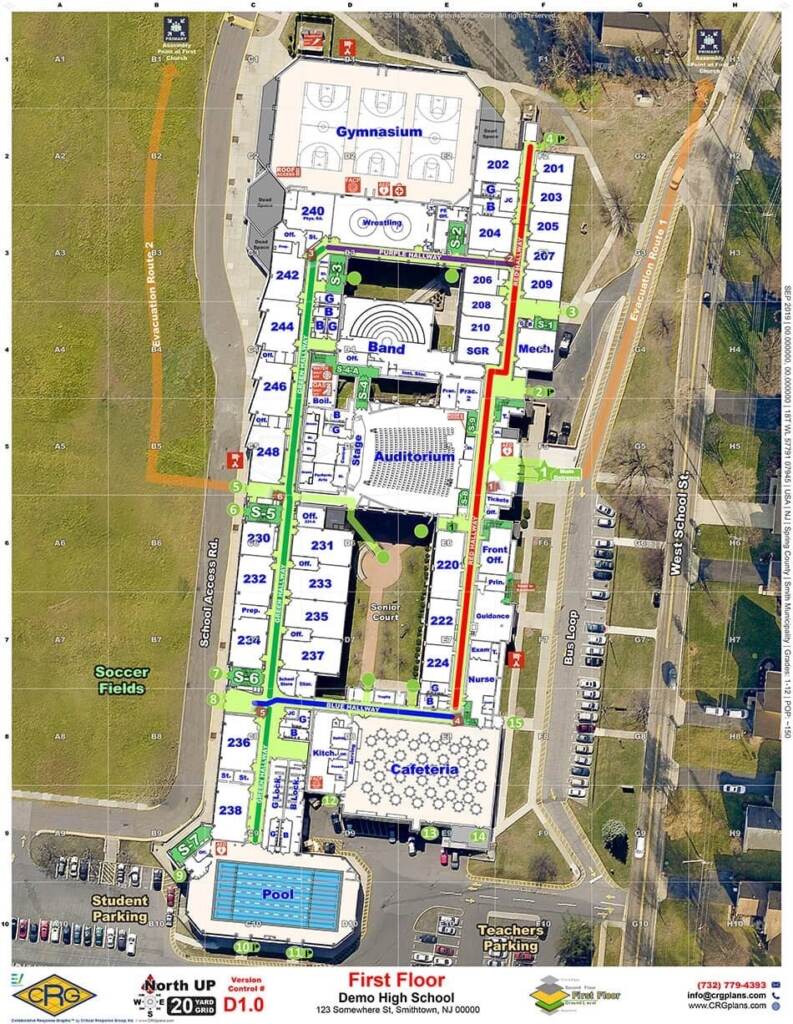
Delaware’s training in response and reunification was conducted in concert with the I Love U Guys Foundation, which was created by parents of a teenager who was killed in a 2006 Colorado shooting. The group’s programs are used in thousands of schools nationwide.
Schall said the foundation’s “standard response protocol” especially appealed to Delaware authorities.
Instead of a school simply going on lockdown during a crisis, the foundation teaches officials to use five commands depending on the situation: Hold, Secure, Lockdown, Evacuate, or Shelter.
Each command must be followed by a directive. For example, announcing “Secure” is followed by “Get Inside. Lock Outside Doors.” That’s the protocol used to safeguard people within the building should there be a problem outside.
Schall said standardizing the vocabulary for educators and students across the state, and making commands and directives more nuanced, can be critical in saving lives.
If “Lockdown” and its directive, “Locks, Lights, Out of Sight” are used, Schall said “that means you have high actionable information that there’s something going on,” such as an active shooter.
“You don’t need to do that for something going on outside of your walls where you just don’t want people going outside the school for a few minutes,’’ he said. “So it gives them a throttled approach into how they communicate with not just the staff but the students as well. So then when they hear ‘Lockdown’ or ‘Evacuate’ or ‘Shelter,’ they know exactly what to do to make sure they’re prepared for what’s coming next.”
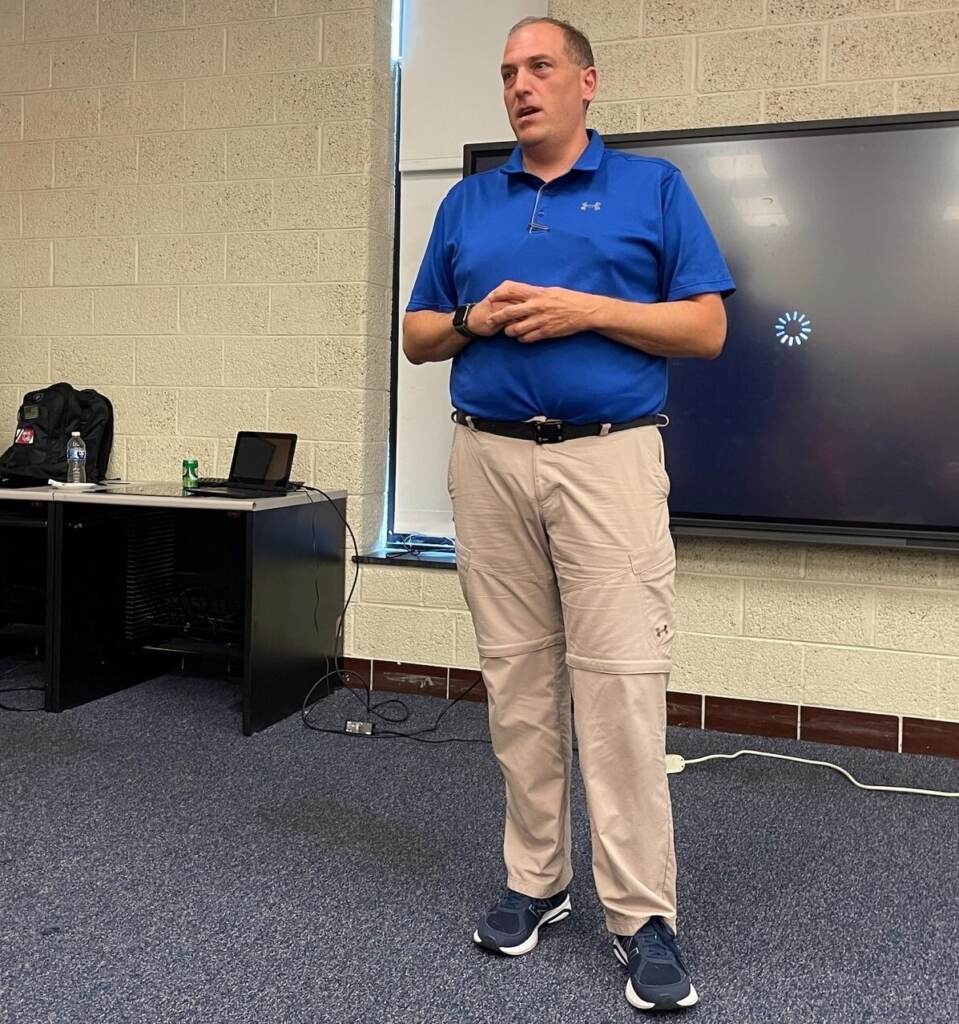
The foundation claims on its website that standardizing terminology benefits students, staff, and emergency responders.
“For students, this provides continuity of expectations and actions throughout their educational career,’’ the website says. “For teachers, this becomes a simpler process to train and drill. For first responders, the common vocabulary and protocols establish a greater predictability that persists through the duration of an incident.”
‘Making sure that communication is crystal clear’
Purnima Montagne, president of the Delaware Parent Teachers Association, applauded the state for putting a plan together to protect Delaware’s nearly 142,000 public school students — who regularly do safety drills — from the unthinkable as well as lesser crises.
“I’m a big proponent of having a consistent approach, especially for handling emergencies,’’ Montagne said.
“We’ve all encountered some level of lockdown or threat, unfortunately. And you can definitely see that there’s a lot of communication that happens organically because nobody knows who’s supposed to send an email and who you’re supposed to wait for and that kind of thing.”
Montagne hopes that officials update the maps regularly, because schools often reconfigure rooms and spaces and rename them. “I do worry about how much they’re going to maintain it,’’ she said.
Shelley Meadowcroft of the Delaware State Education Association, the union that represents 12,000 current teachers and staffers, said safety is a paramount concern for school employees.
Having the digital blueprints can help prevent confusion about where police should go in a crisis, “like we have seen in other states in mass shooting incidents,’’ Meadowcroft said. “Delaware does not want to see that happen. So that kind of mapping is a new step toward making sure that communication is crystal clear, on time.”
She added that reunification planning lets schools work with nearby property owners “to ensure that buildings around are safe and used in the best way and making sure that parents know how to get ahold of their children or how to find their kids in case of an emergency.”
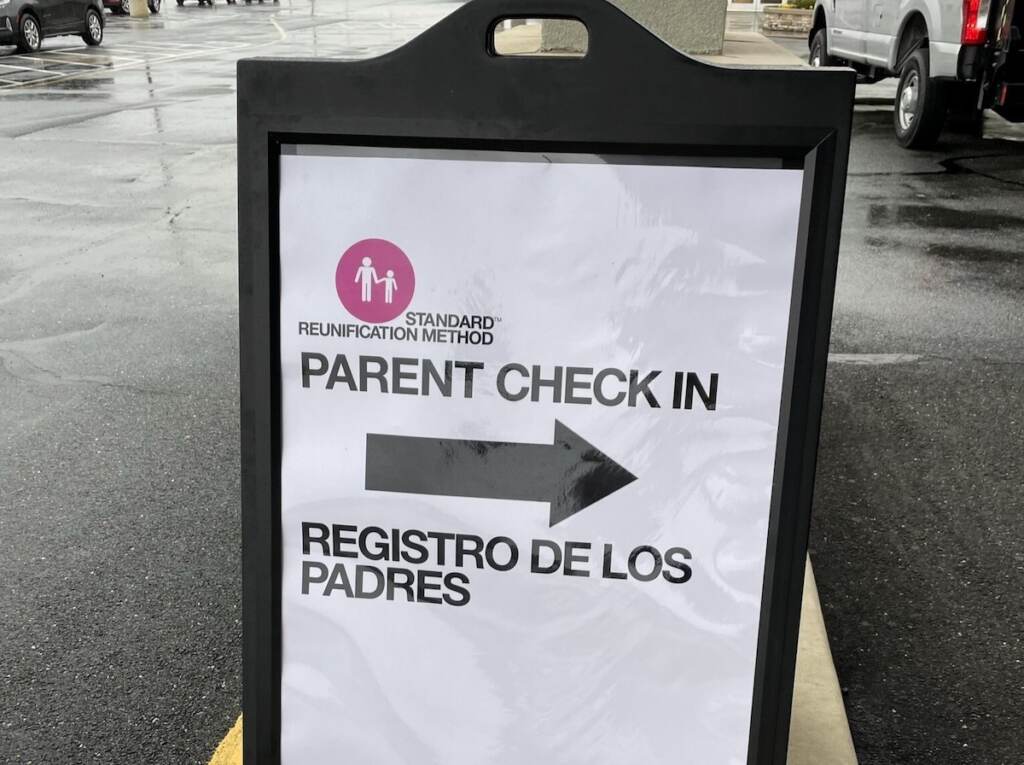
‘That saves lives. The seconds are ticking down’
The state’s 19 districts and about two dozen charter schools have welcomed the training, said Brian Moore, who oversees school safety for the Department of Education. Some schools are also requesting more training to be better prepared, he said.
Moore, who had held his post for five years and previously held a similar post in the Red Clay Consolidated School District, the largest in the state. He said administrators and teachers have enough on their plates just trying to educate students, so putting disaster training “in the hands of the experts’’ has long been a paramount focus.
He said the training piggybacks on other safety protocols in Delaware schools. Most already have a constable or police officer in the buildings every day, he said, adding that building exteriors and main offices are kept locked.
“Education leaders are folks that have come up from the classroom,’’ Moore said. “And then all of a sudden we were saying, in addition to making sure that the teachers are teaching math today, by the way, you’re also responsible for the safety of between 500 and 1,400 students that come in and out of your building.”
Moore said the mapping itself can save critical seconds that can mean the difference between life and death.
He said a caller can tell a 911 dispatcher where an armed intruder is located.
“They think that there’s a suspect in front of room 102 and a police officer on the street being able to pull up a map of the school and look and say, ‘All right, this is the closest access point to room 102,’” Moore said.
“Those seconds that that officer can preplan on his way, or the dispatcher can help guide them to the closest place — that saves lives. The seconds are ticking down.”

Get daily updates from WHYY News!
WHYY is your source for fact-based, in-depth journalism and information. As a nonprofit organization, we rely on financial support from readers like you. Please give today.







